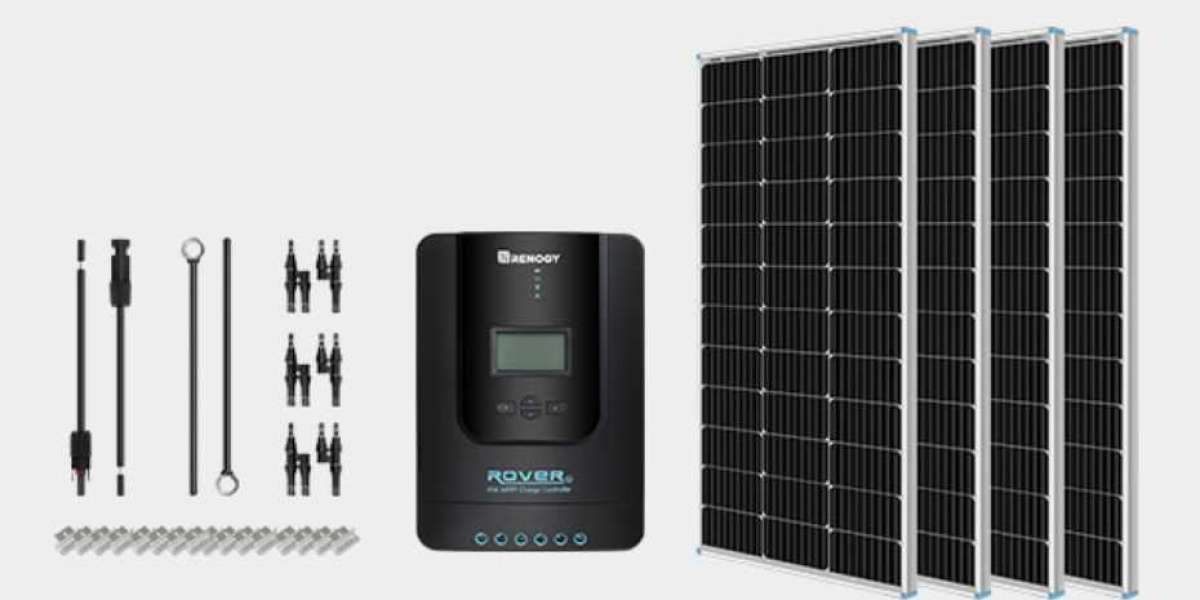If the galvanic cell contains no liquid electrolyte, it is called a "dry cell". Dry batteries contain a moist paste electrolyte. The image above shows a cross section of a zinc-carbon battery.
These can't be charged if they decay. Galvanic cells have the advantage of being compact in size and available in a variety of shapes, such as cylinders, buttons, rectangles and prisms, as well as having high power density, long shelf life, low discharge levels and portability. Its myriad applications include watches, clocks, medical devices, radios and other communication devices, nanoapplications, memory chips and more.
In contrast to stationary batteries, which have a very low discharge rate, deep-cycle batteries perform a deep discharge of up to 80% before recharging. There are three types of deep-cycle batteries, namely the liquid-rich type, the gel electrolyte type, and the absorbent gas pad (AGM) type. Its application in industrial trucks, golf carts, electric vehicles, mining cars and so on.
Zinc-carbon/Alkaline /MnO2 battery
One of the earliest forms of dry batteries, the zinc-carbon or Leclanche battery, has been in use for nearly a century. But it is now obsolete for new primary battery commercial uses, such as alkaline/manganese dioxide as a cathode, with higher capacity and higher energy density and longer shelf life.
Mercury-oxide cell
The use of mercury-oxide batteries is very limited due to the harmful effects of mercury on the environment. These batteries have a zinc/cadmium anode and a mercury oxide cathode. It takes the form of small cylindrical, flat buttons. It is used as a low power source in calculators, portable radios, watches, cameras, etc.
Silver zinc oxide battery
These are similar in design to mercury cells, but have a higher energy density. It works better at low temperatures. Mainly used as button battery, used in photography equipment, electronic watches, hearing AIDS and so on.
Zinc air cell
Metal-air batteries have attracted attention in the battery industry because of their high energy density. In addition, no active cathode is required. However, its poor shelf life and sensitivity to external factors such as temperature and humidity limit its use. It is used for electronics, signaling and navigation applications.
Lithium battery
The advantages of lithium batteries are that they have the highest energy density, long shelf life and can operate over a wide range of temperatures. Its applications include cameras, watches, clocks, calculators and other low-power applications.
Fuel cell
It is an electric current device that converts chemical energy into electricity. Unlike batteries, fuel or active materials are supplied continuously when power is needed. The fuel cell electrodes are not consumed, but have catalytic properties that affect chemical processes. The anode material is gas or liquid fuel, such as hydrogen, hydrocarbons, natural gas, etc. Since these are the fuels used in the engine, they are called fuel cells. And oxygen is used as a cathode. Applications include portable power systems (25W-5kW) in military applications, cordless phones, computers, recreational vehicles, boats, forklifts, material handling systems and other consumer applications.








